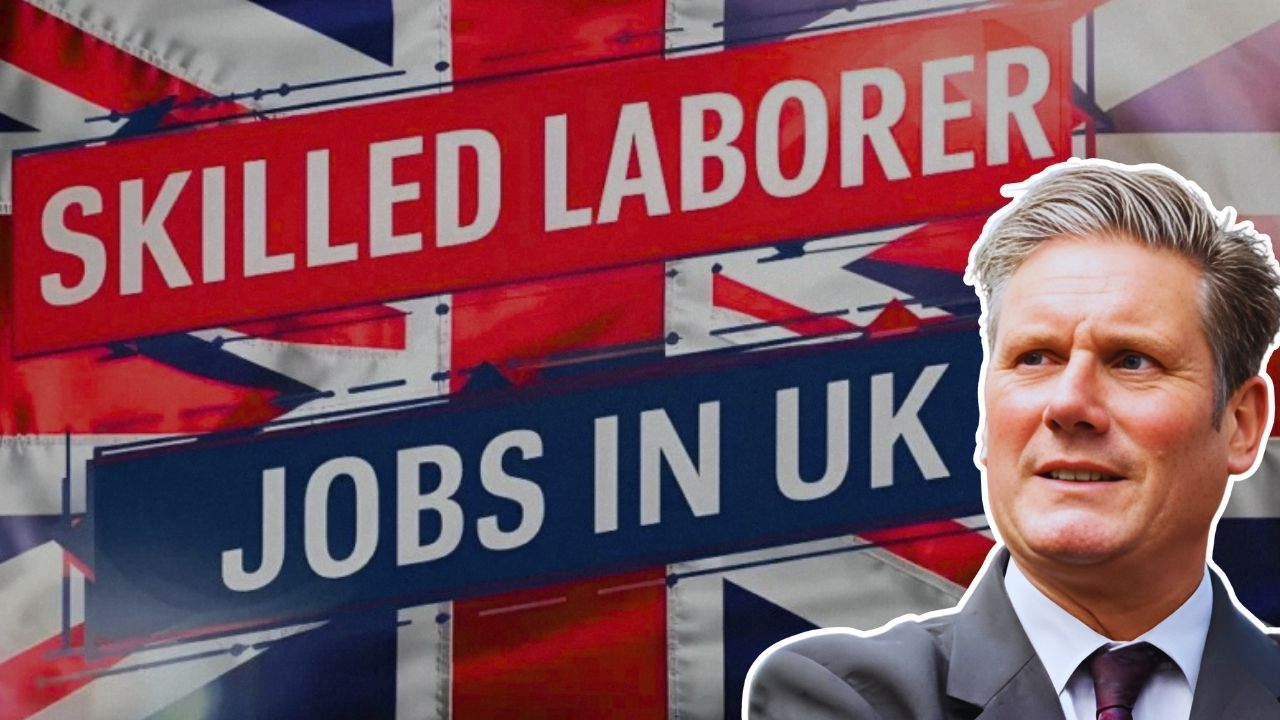Starting this August, big changes swept across the UK immigration system, especially affecting the Skilled Worker Visa. The revised rules came into full force on July 22, 2025, and they do more than tidy up the old paper-work; they redesign the way the nation brings international workers into the job market.

Degree Requirement Takes Center Stage
The headline update lifts the needed skills level from Level 3 on the Regulated Qualifications Framework (RQF) to Level 6, meaning most visa applicants must now hold a university bachelor’s degree. This leap leaves 111 occupations—every from the NHS to engineering—scrubbed from the eligibility list. Once an instant post-pandemic magnet, the visa now rolls back to a much less welcoming posture.
The rules now tie visa approval to a minimum expected salary of £41,700 a year, up from £38,700 earlier. Furthermore, all workers must earn £17.13 every hour, the calculation keeping to a standard 48-hour week. Together, the changes signal a tightening of who can afford UK work entry, tightening pay and educational requirements at once.
Short-term Fixes Introduced
To cushion the tightening impact, officials rolled out a Temporary Shortage List (TSL) that works alongside the longer-standing Immigration Salary List. The TSL permits post holders in engineering, basic IT, and several construction trades to join the country on contracts that drop the university degree must. Access to each job under this list lasts only a year, yet officials hope that, in the meantime, a degree, salary, and labour market can realign.
Though workers authorized under the new short-term rules can come to the UK, strict limits keep them from bringing family members. Officials see these rules as stop-gaps, both the shortage occupations and the high-income plans end by December 2026.
Heath and Care Maintain Position
In a market otherwise changing fast, the healthcare chart stays steady. Staff sponsored under the Health and Care Visa still meet a pay mark of £25,000, a figure the UK still values as a strategic safeguard. What has changed is the closure of the skilled route for overseas social-care workers, meaning agencies must first try to recruit British and Irish cleaners, cooks, and care assistants.
Market Signals and Hiring Avenues
Job postings still announce more than 1,000 new sponsored skilled-worker visas. Most lie in healthcare—doctors, nurses, pharmacists—then social care, engineering, finance, and the solar sector. The rise in the UK overall has held steady, showing there is still need overseas workers even after the latest wave of new regulations.
The reforms nudge employers to search the local market first, a move accompanied by new audits of staffing and pay. Most agencies report increased reporting calls from UK rep officers. All sponsors are due to see a letter from the Home Office describing risk reporting by January.
The change repoles a still-ecbeng mechanism for a future UK labour market, balancing overseas rescue offers, domestic lobbying, and household commitments after the skilled-came.
